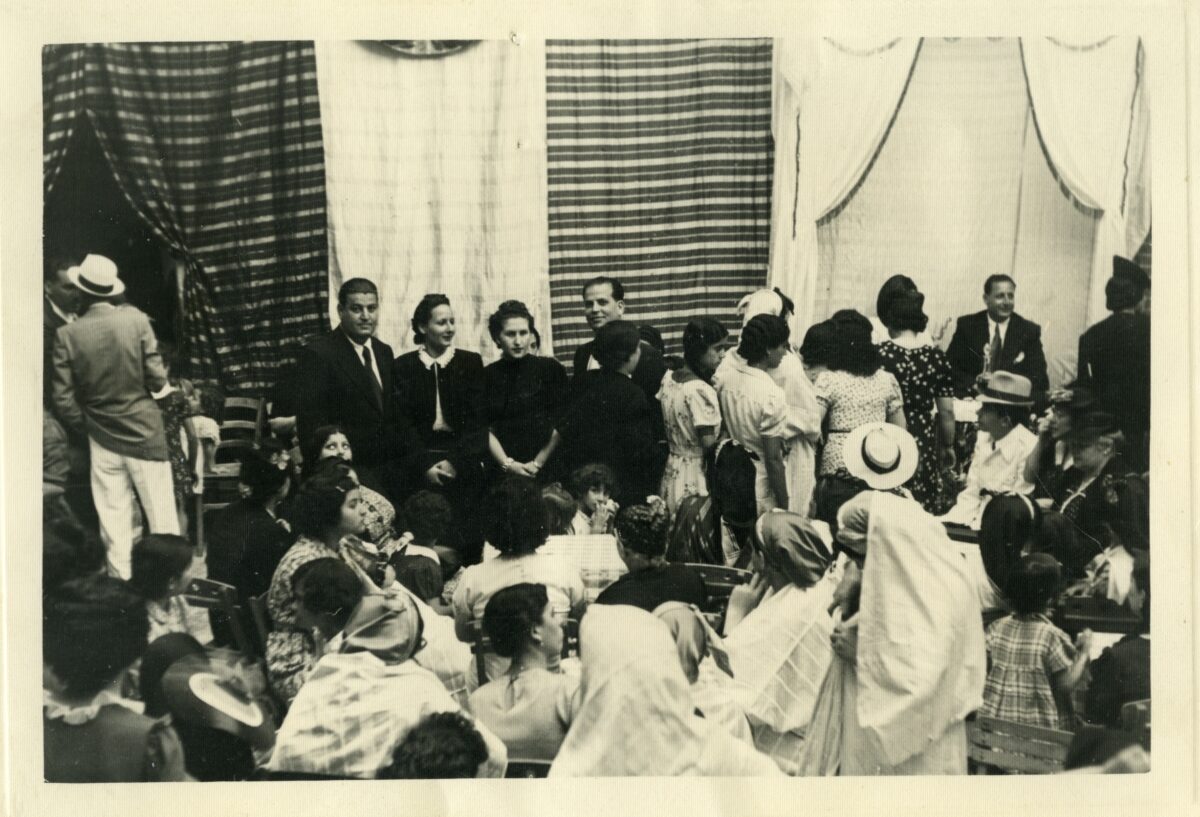Issue ID: 22
n.2 (2022)
ABSTRACT
“As defined by the Fortunati-Ergas case, catechumens and neophytes have a right to their allotted share of the estate of their parents, even while their mother and father are still alive, notwithstanding the privileges accorded the Jews of Livorno by Grand Duke Ferdinando I in 1593.” This claim, written in Florence in 1825, tried to depict the Fortunati-Ergas case as a bridgehead breaking the guarantees offered to the Jews living in Livorno since the end of the 16th century. Papal laws explicitly offered converted Jews the right to immediately inherit from one’s parents, as if they were orphans. On the other side, the so-called Livornine, issued in 1593, opposed this principle and stated that converted Jews could not inherit from their Jewish relatives. In the 18th century, the Fortunati-Ergas case became the battleground among canon laws and civil laws, defending or contrasting the right to inheritance of converted Jews. Sara Ergas was a Jewish woman from Livorno who did not follow the decision of her husband Moisè Ergas, a rich Jewish merchant who converted to Christianity together with their small child, taking the new names of—respectively—Francesco Xaverio Fortunati and Maria Maddalena Fortunati. Sara remained fiercely Jewish, and never satisfied the claims over her goods made by the apostates in Florence (where they had moved after their conversion), engaging in a legal battle that, as shown in this article, proved the Livornine to remain a strong pillar defending the Jewish privileged status in Livorno till the unification of Italy.
ABSTRACT
In the spring of 1936, during the war against Ethiopia, dictator Benito Mussolini began sending directives to Italian authorities in Africa against so-called “mixed unions,” from which “mixed-race” children were born. In the fall of 1938, the Fascist government permanently banned marriages of Italian citizens “of the Aryan race” with “Camites” and “Semites” of any citizenship. This essay tells the story of that course and documents the fact that the 1938 ban on “racially mixed marriages,” which unilaterally amended the Concordat, constituted a clear victory for Mussolini over the Holy See and the Catholic Church. It thus demonstrated the strength that fascism had at that time.
ABSTRACT
During 1938-1939, a large number of conversions of Jews to Catholicism took place in Trieste. It was not only Triestine Jews who converted, but also many foreign Jewish refugees, Austrian, German and Hungarian above all, in transit through the Adriatic port on their way to the Americas. The research has been carried on the basis of the documentation conserved at the Archiepiscopal Curia of Trieste, and has made it possible to analyze many individual paths, thus enabling the reconstruction of the personal motivations for conversion; the reactions of the Jewish community and those of the local Church. The essay also examines conversions in mixed marriages, also paying attention to gender roles in conversion paths. Special attention is paid to the mechanisms of the catechumenate and the correspondence between parish priests and the Curia, in order to understand the attitude of the city priests towards the racial laws.
ABSTRACT
This article is a first-of-its-kind exploration of the vernacular Judeo-Arabic popular nonfiction printed in Morocco between the early twentieth century and the 1960s, in the form of single pages, pamphlets or small books. This literature provided readers with knowledge pertaining to Jewish law (halakha), ethics, culture, history, and Zionist ideology, in order to reinforce Jewish religious and national identity. I suggest here that vernacular-speaking literatures emerged in Morocco in the early twentieth century following interwoven, mutually influential processes. The four processes that precipitated vernacular Judeo-Arabic nonfiction in Morocco consist of (1) the opening of local Hebrew printing houses across Morocco’s cities; (2) the emergence of new elites within Morocco’s Jewish communities; (3) the rejection of the obligation to observe religious strictures, coupled with secularization processes; and (4) the advent of a Jewish national movement, i.e. Zionism.
